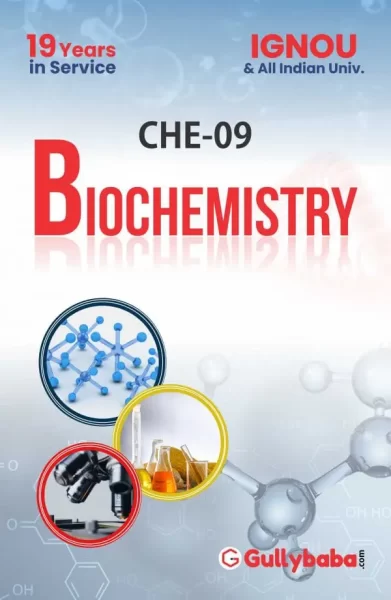-
Sale!
CHE-09
Biochemistry
Original price was: ₹200.00.₹100.00Current price is: ₹100.00.Bought by : 2378 StudentsIn Stock Only 0 left ! -
Sale!
CHE-06 + CHE-09 + CHE-10
IGNOU B.Sc. Chemistry Combo
Bought by : 2012 StudentsIn Stock Only 0 left ! -
Sale!
CHE-06 + CHE-09
IGNOU B.Sc. Chemistry Combo
Bought by : 2638 StudentsIn Stock Only 0 left ! -
Sale!
CHE-09
Biochemistry
Bought by : 3073 StudentsIn Stock Only 0 left !






